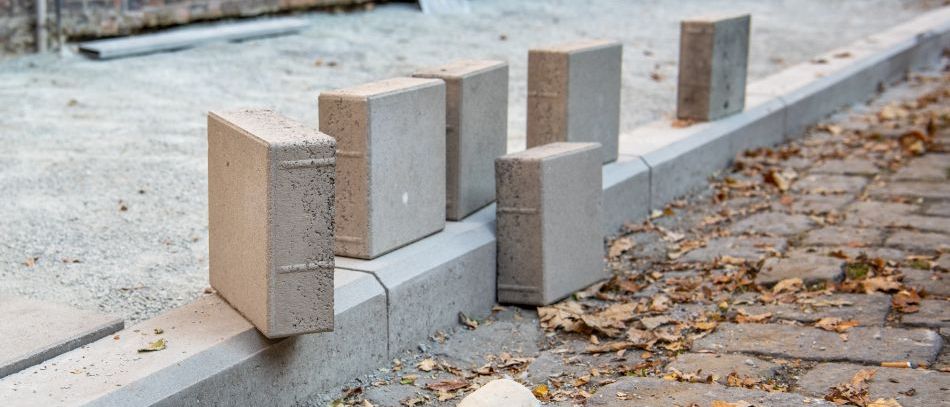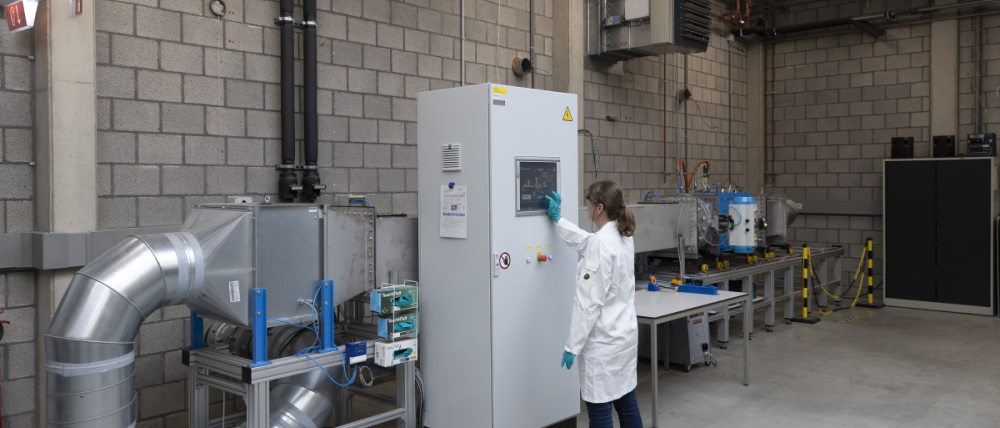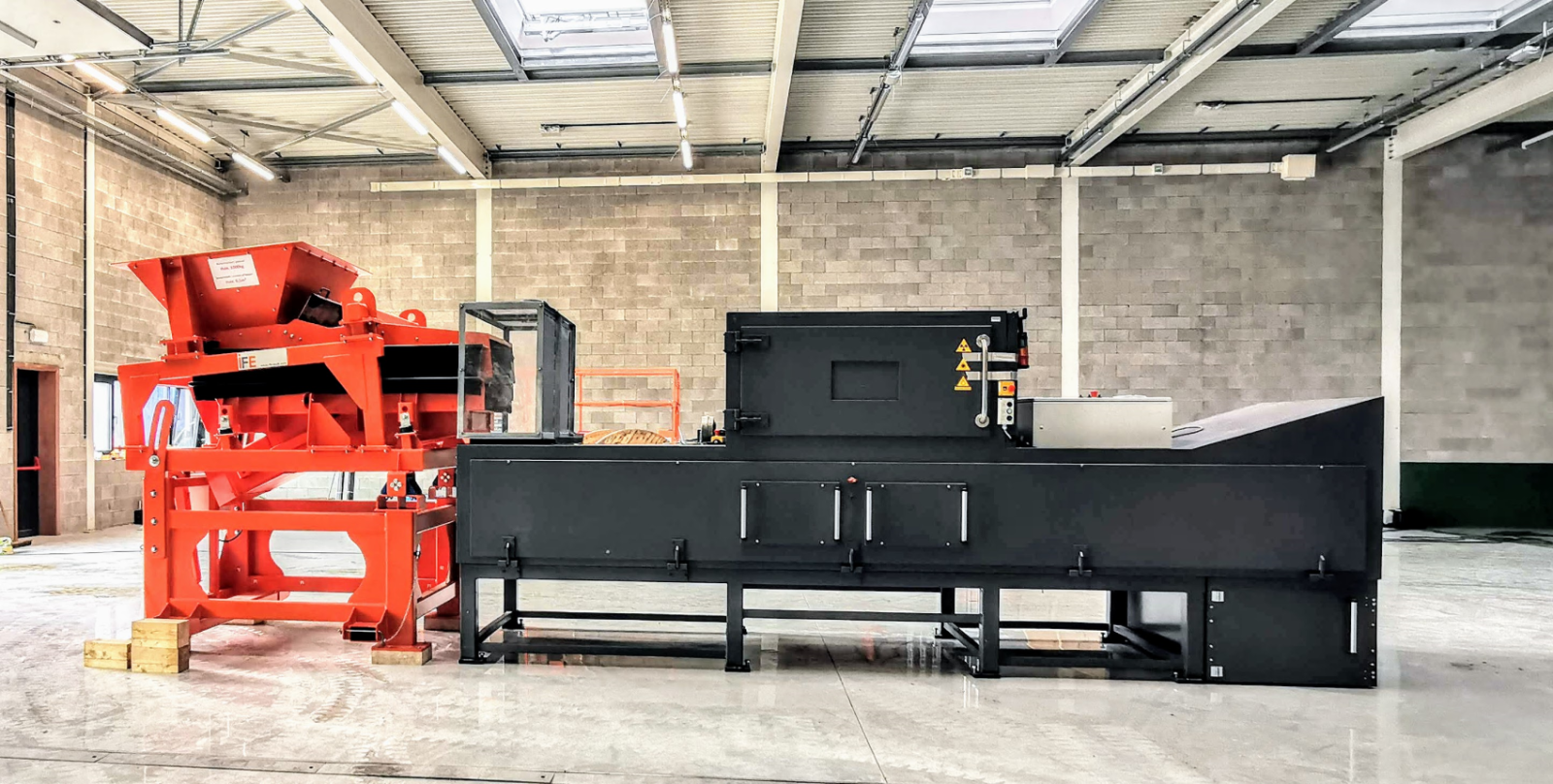Alternative raw materials
Wind and solar energy are known as alternatives to fossil raw materials. But there are other possibilities, such as biomass. These are natural materials derived from wood, algae and insects, for example.
We do not only research the application possibilities of these alternative raw materials. We are also researching installations that can convert the processed raw material and the entire value chain. We look beyond the theory. Because what works on paper and in a lab must also be tested for its practical and economic feasibility.
Capturing and using CO2
Massive CO2 emissions are now threatening our climate. Reducing emissions is one way to tackle the problem. But we can also capture CO2 and use it to produce sustainable materials and fuels. We can capture CO2 before it enters the air. But we can also extract CO2 directly from the air. The technology for both systems exists, but the big question is how to make it more efficient and cheaper.
If we can 'harvest' CO2, we should also investigate how we can use the captured CO2 in a sustainable way. We can already make building blocks (carbstone) with it. But we could also use it to produce non-fossil fuels. VITO focuses on research into the possibilities that CO2 can offer us in this way.
Discover them here!
CO2 as a raw material for the production of chemicals and building materials
There is too much CO2 in the air, and that is bad news in terms of global warming. Extracting CO2 from the air and storing it is one way of resolving this. But we can also extract CO2 from the air and use it to produce renewable fuels or high-quality chemicals or store it in, for example, building materials.
How sorbents can be a solution for the massive amounts of CO2 that are released into the air. There are multiple methods to capture CO2. Currently, they are not cost effective. That is why we are looking into developing solid sorbents to capture CO2 in packed bed configurations.
Towards a new value chain with biomass
Lignin is one of the most common organic materials and the most abundant natural source of phenolic compounds. It is mass produced as a by-product of, for example, the manufacture of wood pulp and paper. It can replace many aromatics of fossil origin in the chemical industry.
Chitin is a high-quality raw material, with useful applications in animal nutrition, chemistry, agro-industry and cosmetics. Even though the majority of chitin comes from larvae, it can also be sourced from non-animal resources such as fungi, which is important for some industries like the cosmetics sector.
Valuable waste
Characterisation technology turns waste virtually inside out
Today many recycling companies struggle with the value assessment of complex material streams. The main issues are the costly and labour-intensive sampling procedures and subsequent chemical analysis, leading to long waiting times (often several weeks) and the associated financial uncertainty.
More expertise & infrastructure
Want to create added value from the emerging circular economy? Curious about how to prepare your products, business strategy, and processes to achieve this? VITO has the expertise, experience, and necessary decision support methods to reduce the risk and optimise your sustainability strategy.
VITO’s specialist lab for tailored organic and inorganic chemical analysis works according to your individual needs, offering fully customisable solutions and targeted advice.
The circular economy offers challenges and opportunities for Flanders. For thirty years now, Flanders has been pursuing an ambitious waste and materials policy and it is one of the world's leading regions in terms of circular economy. Yet, so much more is possible.





